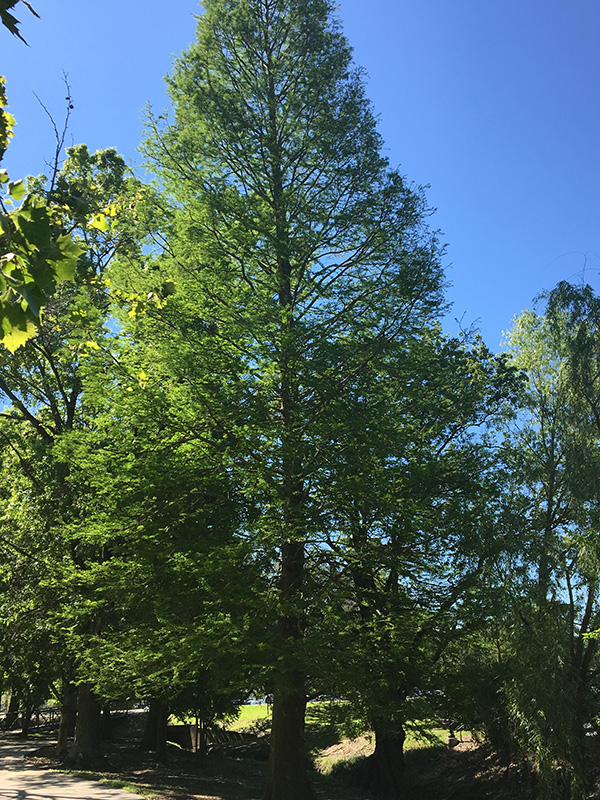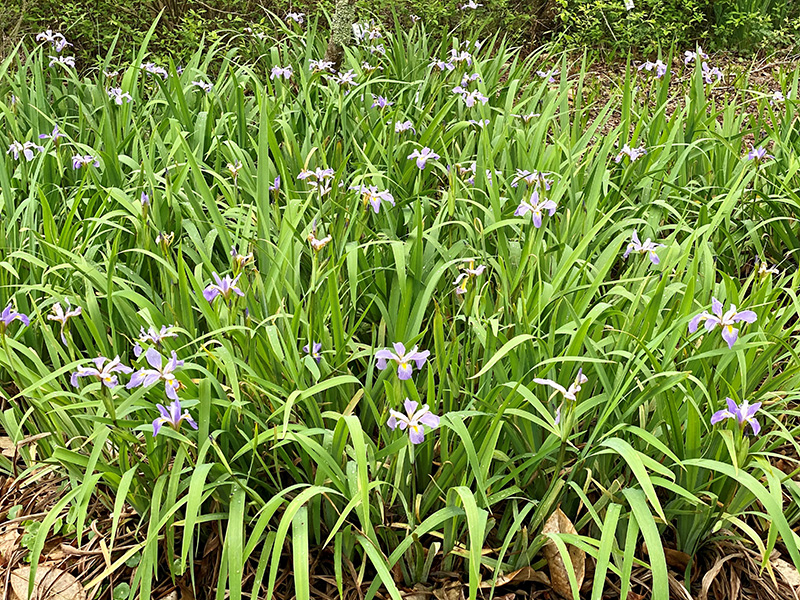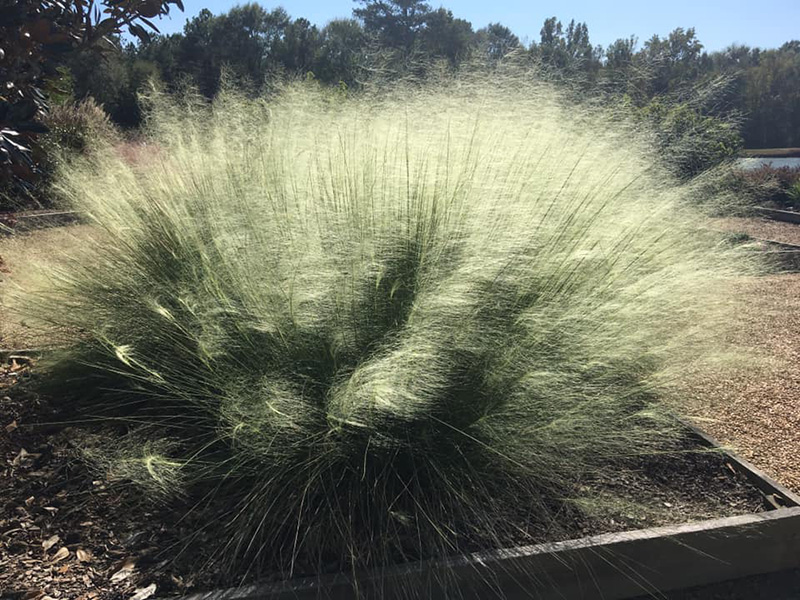From Heatwaves to Hurricanes
By:
The importance of resilient landscaping
Let’s talk about the weather. Even if you’re a climate change skeptic, you cannot deny that weather patterns have affected your life in some way in the past five to 10 years. The first eight months of 2024 ranked as the sixth-hottest period in Georgia's history, with extreme heat and sporadic rainfall leading to worsening drought conditions across the Southeast by October.
According to the National Oceanic and Atmospheric Administration (NOAA), Georgia experienced hot and dry weather in 2024 due to both climate change and the La Niña weather pattern, which cooled Pacific waters and contributed to warmer, drier conditions in the southern U.S. In addition to heat and drought, there were other climate issues in 2024, including flooding and hurricanes having significant economic impacts and some resulting in death. It’s an everything-all-at-once scenario. Tough for us, and tough for our plants.
Climate-resilient plants are species or cultivars that can withstand extreme weather conditions, including prolonged drought, excessive heat and rainfall, and soil degradation. These plants thrive despite climate stressors, making them ideal choices for sustainable landscaping, agriculture, and ecological restoration.
Some key traits of climate-resilient plants are drought, heat, pest, disease, flood resistance and soil adaptability. Drought-tolerant plants typically have deep root systems, water-efficient leaves, and plant tissue adaptations that help them retain moisture (e.g., succulents, native prairie grasses).
Heat-resistant plants can withstand prolonged exposure to excessive heat without significant signs of stress (e.g., desert perennials, warm-season turfgrasses). Flood-resistant plants have structural adaptations such as air spaces in roots to survive waterlogged conditions (e.g., bald cypress, pickerelweed).
Plants that can adapt to a variety of soil types have a decided advantage over other more sensitive plants. Adapted plants that can grow well in poor, degraded, or salty soil (e.g., saltbush, switchgrass) will be important when choosing resilient plants. Lastly, those plants that are more pest and disease-resistant with improved natural defenses reduce the need for chemical interventions.
Climate-resilient plants matter because they help reduce water usage, lower maintenance costs, improve soil health, enhance biodiversity, and even increase food security. Drought-resistant plants require significantly less irrigation, helping to conserve water resources. Implementing efficient watering practices—such as deep, infrequent watering and using drip irrigation—ensures that water reaches plant roots without excess waste.
Climate-resilient plants can help lower maintenance costs. Hardy plants require fewer inputs like fertilizers and pesticides, making them a cost-effective and environmentally friendly choice for homeowners and commercial landscapers.
Soil quality plays a significant role in drought resilience. Adding organic matter such as compost or aged manure improves moisture retention, allowing the soil to act like a sponge that gradually releases water to plants over time.
Many climate-resilient plants support pollinators and wildlife by providing food and habitat, contributing to a healthier ecosystem. Growing heat-tolerant crops and resilient edible landscapes ensure food production remains viable despite changing climate conditions.
Essential practices to build a climate-resilient garden:

According to the National Integrated Drought Information System, recent summers have been 1 to 2 degrees Fahrenheit warmer than in prior years. Climate projections indicate an increasing risk of heatwaves as the climate warms, particularly in dry years. This summer is expected to be no exception. To prepare for future changes gardeners and landscapers must turn to climate-resilient plants as a solution for sustainable landscapes.
Trees help mitigate climate change by absorbing carbon dioxide, reducing urban heat, and preventing soil erosion. According to the USDA’s Arbor Day Foundation, a single mature tree can pull 48 pounds of carbon dioxide out of the atmosphere annually. Strategically planting wind-resistant trees—such as live oaks, bald cypress, and sweetgum—helps protect landscapes from storm damage.
Trees keep us comfortable with shade, helping us save on energy costs. Trees standing within 60 feet of a home can reduce home energy expenditures and carbon emissions by cooling the house in summer and insulating it from cold winds during the winter. Large trees provide greater energy reductions than small trees. Large trees located on the west side of a house can reduce carbon dioxide emissions almost seven-fold compared to a smaller tree.
With unpredictable weather patterns becoming more frequent, selecting climate-resilient plants is no longer optional—it’s a necessity. By incorporating drought-tolerant, heat-resistant, and pest-resistant species into our landscapes, we can create sustainable gardens that withstand the challenges of a changing climate. Whether you’re a homeowner, landscaper, or farmer, making informed choices about plant selection today will ensure a thriving, climate-adapted landscape for the future.


